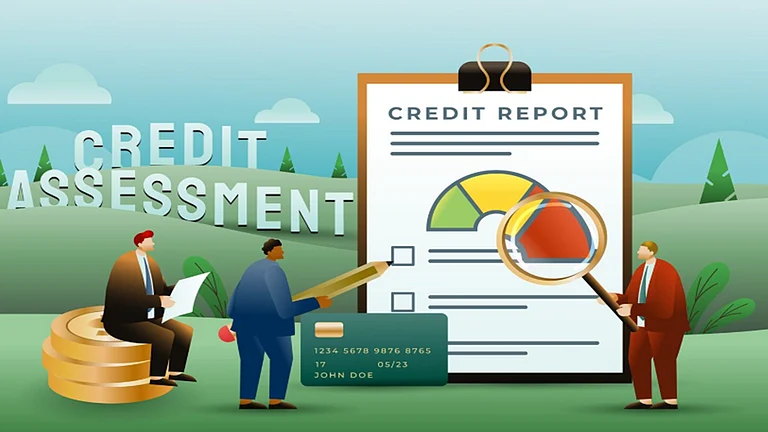Sponsored Content
In conversation with Neha Shivran, Chief Data and analytics officer, RING as she talks about Big Data & Data Science and its relevance in the evolving fintech ecosystem
Briefly introduce RING? What is your role in the organisation?
RING is an online instant credit platform that caters to millennials, Generation Z, and those without access to traditional lines of credit. It is yet another disruptive product offering from the founders of Kissht. RING customers can avail a credit of up to INR 30,000 for eCommerce transactions, bill payments, paying merchants offline, and transfer money to friends or themselves.
I am the Chief Data and analytics officer here and my role is to facilitate data driven decision making in the organization. It ranges from providing insights for efficient business decisions to machine learning solutions for credit underwriting and fraud.
Everyone talks about Data analytics & Big data, can you explain in simple terms what they really mean?
Big data is a term used to describe any large and complex collection of data. Data analytics refers to the process of extracting meaningful actionable insight from data to enable efficient business decisions.
Please define alternate data. How does a company gather such insights?
Any non-financial information that can be used to estimate the lending risk of an individual, such as telecommunication data, app usage, utility payments and transaction data, qualify as alternate data.
How relevant is data analytics in fraud check or prevention? Share an example.
Fraud detection is about finding anomalous patterns in data. In credit transactions, borrowers are interconnected with each other with various attributes. We identify fraudulent interconnections using graph models.
How does RING use data insights to better its service?
RING uses data insights to evaluate the credit worthiness of the customer and to monitor his/her re-paying behaviour. These data points help us curate relevant offers and assign higher limits to customers with a history of good credit behaviour and also reduce the risk of delinquencies. Data points can be extrapolated to draw trends from a certain market or cluster. So, we can identify potential markets or take precautionary measures if a certain cluster reports dubious behaviour. RING also uses data insights to study on-going consumer trends to forecast the needs and demands of the consumer, which helps in streamlining product upgrades and enhancing the overall user experience.
You recently were appointed as the Wellness Officer at RING. How is that role shaping up?
At RING, we believe that human capital is our greatest asset. Employee wellness is a top priority for us and we have various employee welfare initiatives undertaken regularly to help the employees feel motivated and exchange a general sense of positivity in the office. Apart from upskilling programs and recreational activities measures in place, including medical insurance, a hybrid work model, complimentary meals, and a transport facility to the nearest station.
Tell us about your other interests and life beyond work?
In my free time, I love weight training and being full time mom to my two kids. I am also associated with an NGO as part of my social commitment
One piece of advice for youngsters who want to make a career in data research/analytics?
Master the technical skills (there are no shortcuts) and try to gain as much real-world experience as possible. Some of the most in-demand technical and analytical skills include data visualisation, predictive analytics, and machine learning.













